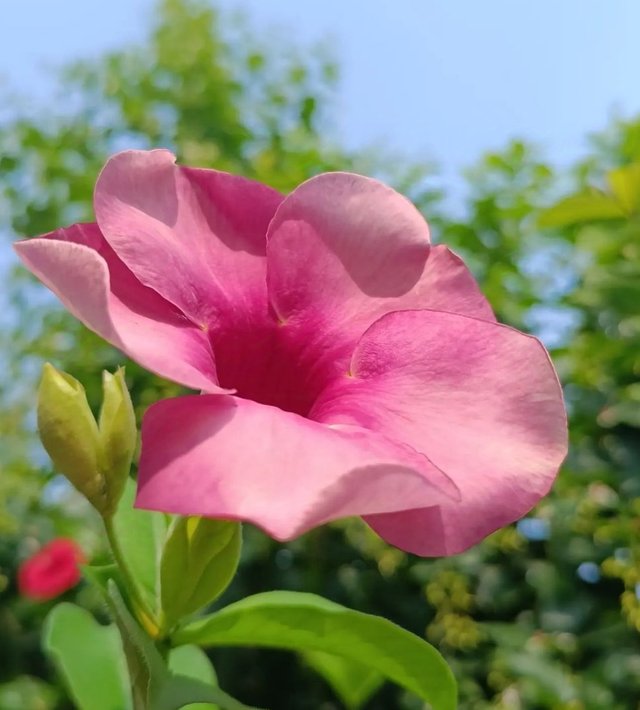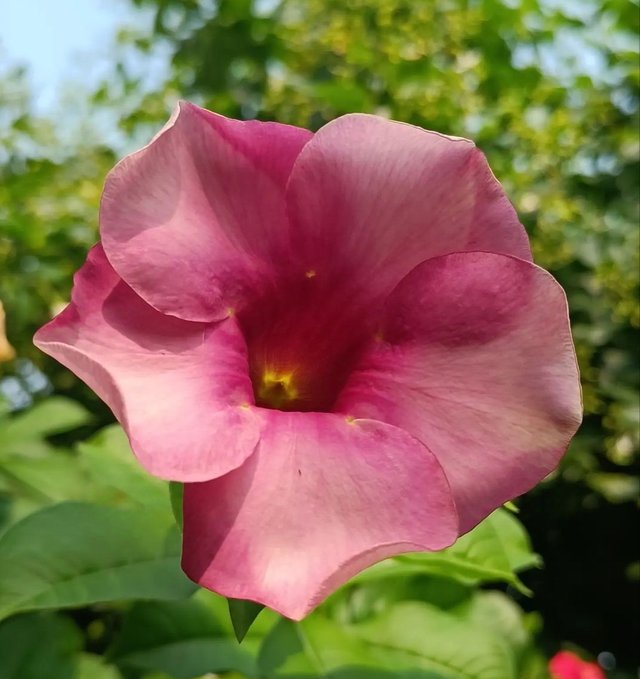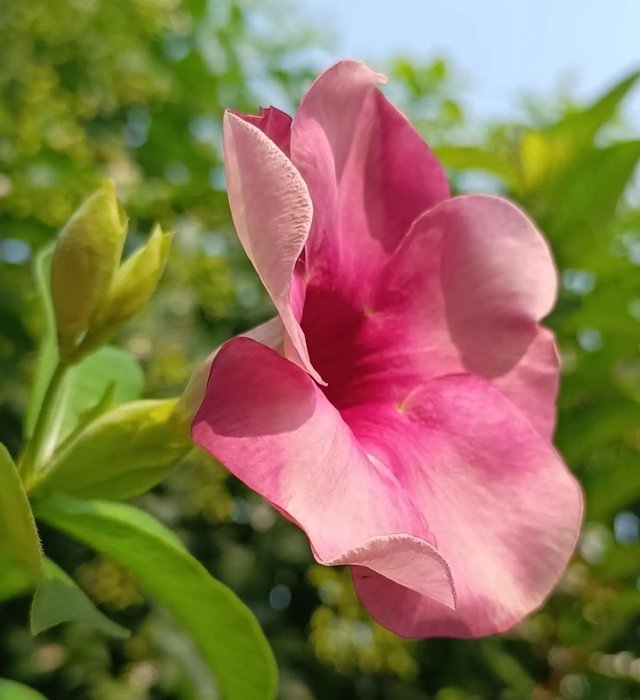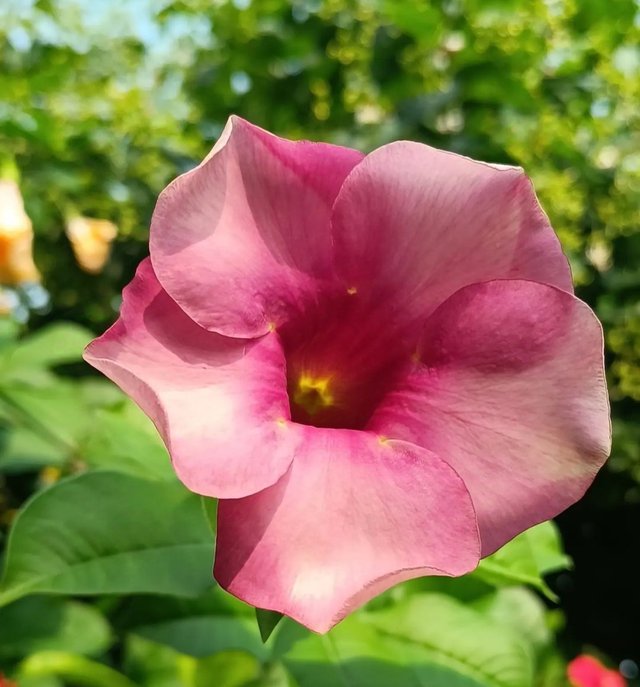Allamanda blanchetii: A Guide to the Bush Allamanda or Purple Allamanda
Allamanda blanchetii, commonly known as the Bush Allamanda or Purple Allamanda, is a striking tropical flowering shrub belonging to the Apocynaceae family. Native to South America, particularly Brazil, this vibrant plant has gained popularity worldwide due to its ornamental value and hardiness in warm climates. Its beautiful purplish-pink blooms, bushy growth, and attractive foliage make it a delightful addition to gardens, landscapes, and even container arrangements. Here’s an in-depth look at everything you need to know about cultivating, caring for, and enjoying Allamanda blanchetii.
Botanical Characteristics
The Allamanda blanchetii is a woody, evergreen shrub that can reach up to 6-10 feet in height and can spread up to 4-6 feet wide. Its branching habit is dense and compact, giving the plant a full, bushy appearance. Unlike its more common cousin, Allamanda cathartica, Allamanda blanchetii’s flowers are a rich, pinkish-purple, sometimes appearing magenta depending on lighting and soil conditions. These trumpet-shaped blooms, which measure around 2-4 inches in diameter, contrast strikingly against the lush, dark green leaves, creating a vibrant display from late spring through fall.
The leaves of Allamanda blanchetii are leathery, elliptic to oblong in shape, and arranged oppositely or in whorls along the stems. They provide an attractive backdrop to the blooms, giving the plant ornamental appeal even when it's not in full bloom. Additionally, Allamanda blanchetii is known for its sticky, milky sap, which is characteristic of plants in the Apocynaceae family and serves as a natural defense against certain pests.
Ideal Growing Conditions
Being native to tropical climates, Allamanda blanchetii thrives in warm, humid environments. For gardeners in subtropical or tropical regions, such as USDA hardiness zones 10-11, it can be grown outdoors year-round. In cooler climates, it can be enjoyed as an annual or grown in containers that can be moved indoors during colder months. Here are its ideal growing conditions:
Light: Allamanda blanchetii prefers full sun, which promotes vigorous growth and abundant flowering. It can tolerate partial shade, but this may result in fewer blooms and leggy growth.
Soil: This plant thrives in well-drained, sandy, or loamy soil that’s slightly acidic to neutral. While it is somewhat tolerant of poor soil, incorporating organic matter into the soil can help enhance its growth and blooming potential.





Beautiful flower and you captured it beautifully
Downvoting a post can decrease pending rewards and make it less visible. Common reasons:
Submit